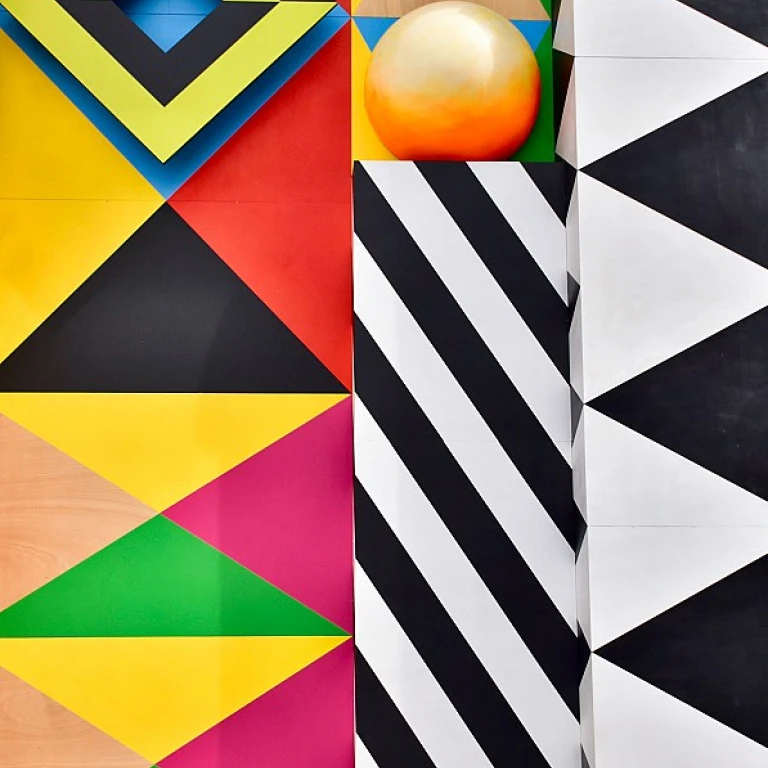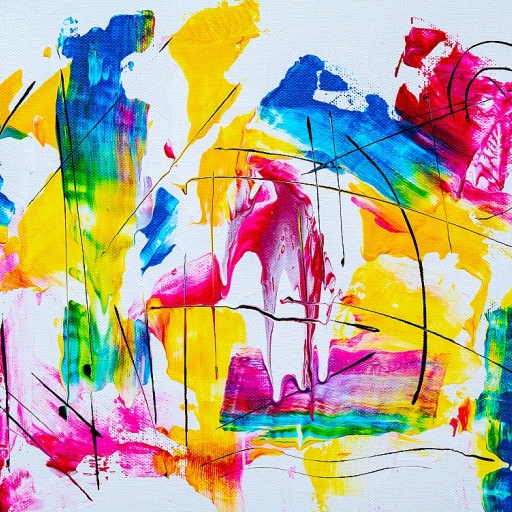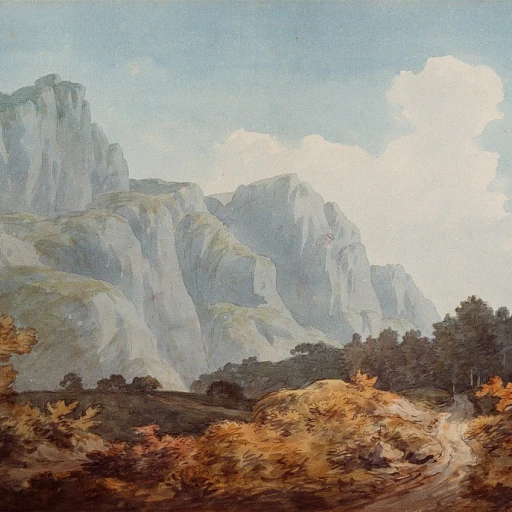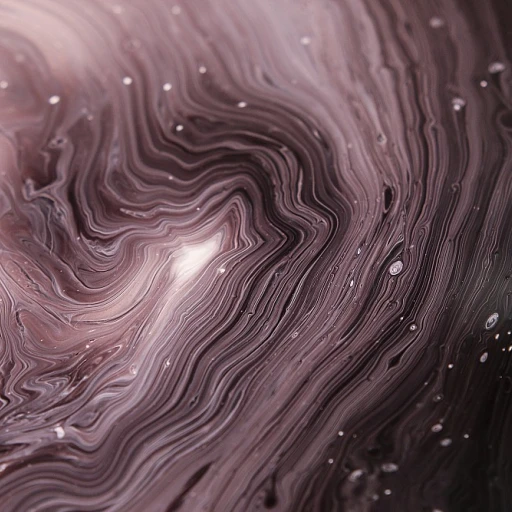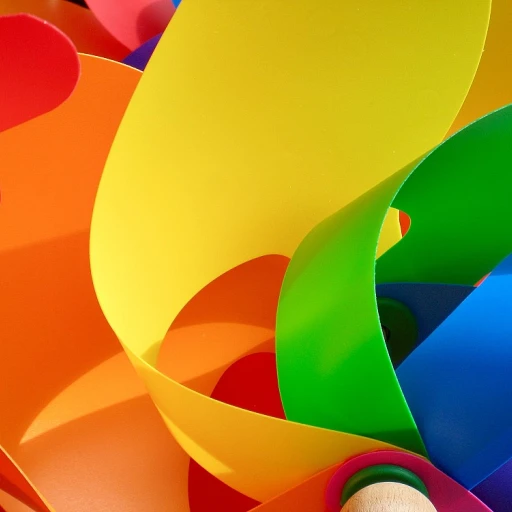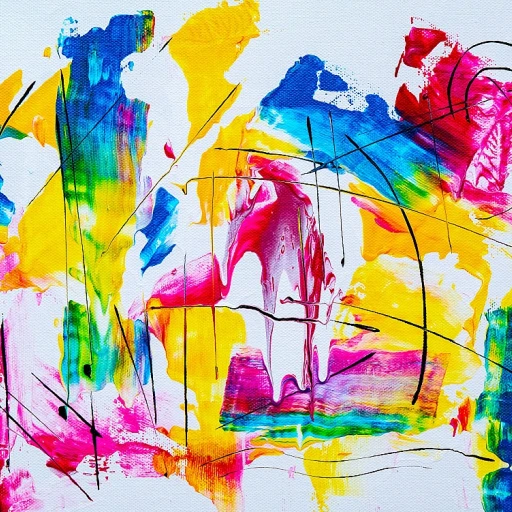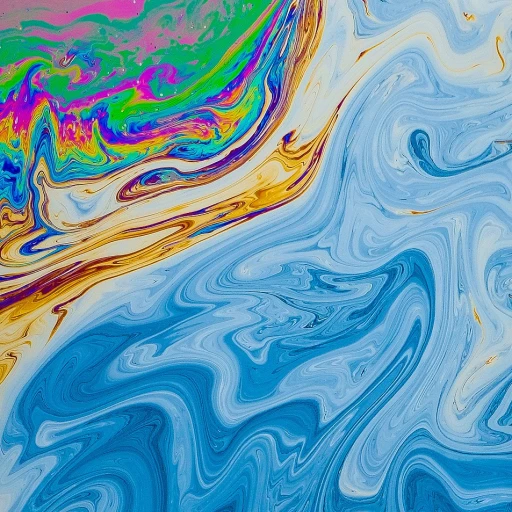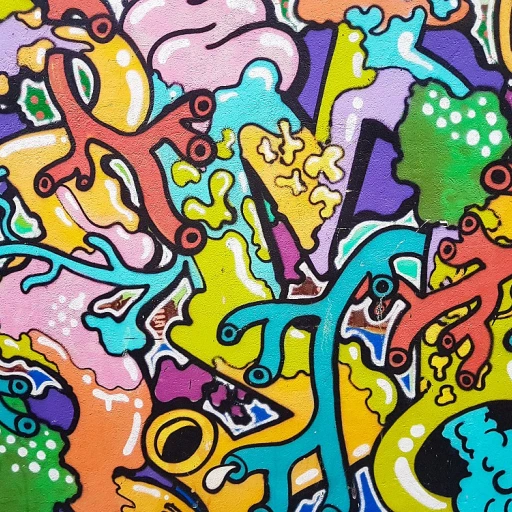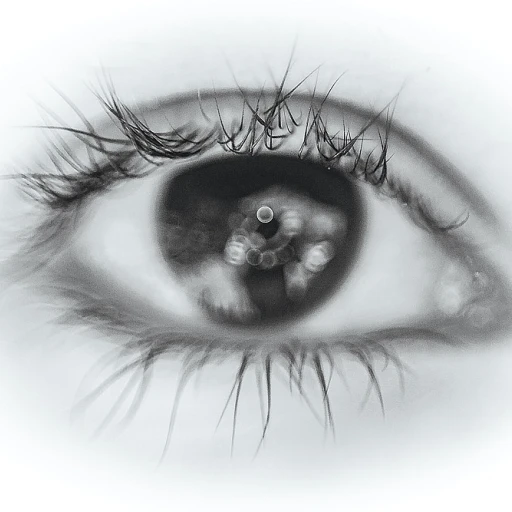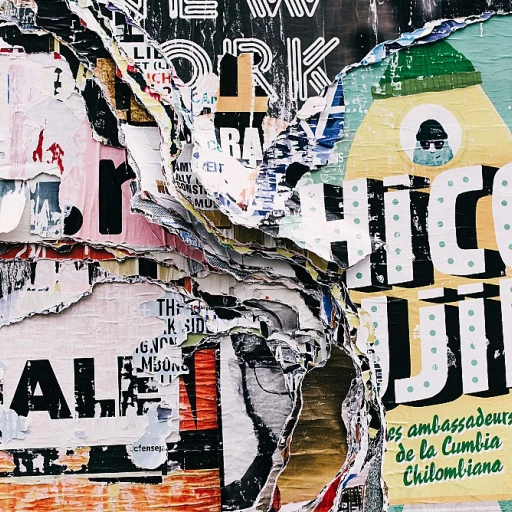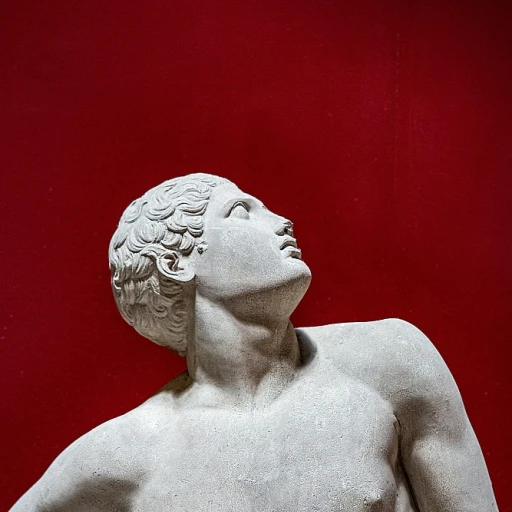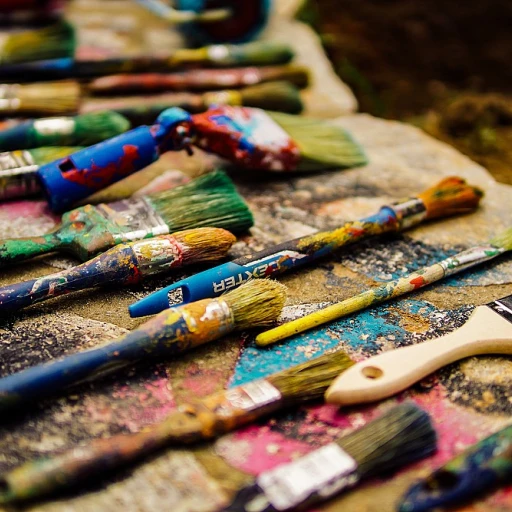-teaser.webp)
The allure of the Eiffel Tower in luxury art
Captivating the World with Its Timeless Elegance
The allure of the Eiffel Tower as a subject in luxury art echoes its iconic status over the Paris skyline. Towering over the city, the Eiffel Tower is not just a marvel of engineering; it stands as a testament to human creativity and ambition. Artists are drawn to its intricate iron lattice design, capturing its essence across various mediums and styles, from traditional paintings to modern interpretations that fuse different artistic movements. The tower's presence in art bridges the classic with the contemporary, evoking emotions and sparking conversations among art enthusiasts.
Famed painters from the past and current artists alike have found inspiration in the tower's striking silhouette. They endeavor to convey not just the structure itself but also the emotions and stories it embodies. This iconic "iron lady" is more than a monument; for artists, it represents Parisian culture, history, and a symbol of aesthetic advancement, an emblem lovingly portrayed in museums and private collections around the world.
Luxury artwork of the Eiffel Tower often commands significant attention in the art market. Its universal recognition boosts its appeal to collectors seeking pieces that blend cultural significance with exquisite craftsmanship. The eiffel transcends geographical boundaries, celebrated not just within Paris but also gracing galleries from the Art Institute of Chicago to acclaimed spaces across the globe.
Notable artists and their interpretations
Celebrating the Iconic Parisian Monument through Diverse Artistic Lenses
The Eiffel Tower, a symbol of artistic splendor and architectural prowess, has endlessly captivated countless artists. From the vibrant strokes of modern art to the intricate details of classical paintings, this iconic monument stands as a muse for many who seek to capture Paris's essence through art.
Notably, painters have embarked on a creative journey to reinterpret the tower's grandeur in various forms. The illustrious Georges Seurat, known for his pioneering pointillism, brilliantly encapsulated the structure's magnificence, embedding his unique interpretation that continues to resonate in galleries. Other notable artists have also contributed intriguing perspectives, casting the Tour Eiffel in mesmerizing hues and textures that challenge traditional dimensions, drawing enthusiasts and collectors alike into the allure of these masterpieces.
Beyond paintings, photography too has crafted a sublime narrative of the tower's charm. From gelatin silver prints that echo the early days of photography to modern approaches capturing its lithe silhouette, professionals like Marc Riboud have etched their renditions, immortalizing moments that transcend time and place. Such works find their spotlight in prestigious venues like the Art Institute of Chicago, where patrons can indulge in the fusion of art and history.
The quest to pay homage to the tower's beauty is unending, leading many to explore this enigmatic connection between reality and the artist's vision. As you ponder the allure of Paris's iconic beacon, consider the endless narrative it inspires, propelling artists to continuously explore its creative possibilities.
Techniques and materials in luxury artwork
Innovative Techniques and Rare Materials in Artistic Representation
Luxury artwork depicting the Eiffel Tower reflects the intricate and varied techniques used by artists throughout history. The unique allure of this Parisian monument has inspired creative minds to explore new methods and material choices, with each contributing a distinctive perspective in their craft. The traditional play of light and color is exemplified in the pointillism technique. This can be seen through the works inspired by Georges Seurat, whose signature method involves the meticulous application of individual color dots to create dynamic compositions. Moreover, the haunting depictions by notable painters encapsulating the ambiance of the Eiffel lend an emotionally resonant aura to their pieces. Museums and galleries, such as the Art Institute of Chicago, frequently showcase the variations of this iconic structure crafted by illustrious painters. The diverse interpretations emphasize not only the painter's skill but also explore the vast potential within modern art techniques. One might witness the captivating charm of the tour Eiffel captured using the gelatin silver print method, which offers a timeless elegance to any collection. Beyond these techniques, artists are continually exploring innovative mediums to encapsulate the essence of the Eiffel Tower. The intricate process of utilizing silver print enhances the fineness and depth, often creating exclusive pieces with increased value and allure. These techniques elevate the artistic interpretations, ensuring that the artwork remains a definitive luxury item in any collection. Engaging in the display and acquisition of these artworks allows collectors to appreciate the mastery of such rare and bespoke materials, reflecting the ingenuity and dedication that keeps the memory of the Eiffel Tower alive in the realm of luxury art. As explored in the legacy of Russell Chatham's atmospheric landscapes, the influence of capturing atmospheric moods elevates the artistic narrative, resonating with enthusiasts worldwide.The market for Eiffel Tower luxury art
The Market Dynamics of Eiffel Tower Luxury Art
The market for luxury artwork featuring the Eiffel Tower is as dynamic and captivating as the tower itself. This iconic symbol of Paris has inspired countless artists, from the renowned Georges Seurat to the modern interpretations by contemporary painters. The allure of the Eiffel Tower in art is not just about its architectural grandeur but also its ability to evoke emotions and memories of Paris.
Collectors and art enthusiasts are drawn to these pieces for their unique blend of history, culture, and artistic expression. The demand for such artwork is consistently high, with pieces often featured in prestigious galleries and exhibitions worldwide. The Art Institute of Chicago, for example, has showcased works that capture the essence of the Eiffel Tower, highlighting its significance in both historical and modern art contexts.
Prices for these artworks can vary significantly, influenced by factors such as the artist's reputation, the medium used, and the piece's provenance. Notable works by artists like Robert Delaunay, who famously depicted the Eiffel Tower in vibrant colors, often command high prices at auctions and private sales. The use of techniques such as gelatin silver prints or the incorporation of materials like silver adds to the exclusivity and value of these pieces.
Moreover, the market is not limited to paintings alone. Sculptures, photographs, and mixed media artworks featuring the Eiffel Tower also attract considerable attention. The diversity in artistic interpretations ensures that there is something for every collector, whether they are drawn to the traditional depictions or more avant-garde representations.
As the art world continues to evolve, the market for Eiffel Tower luxury art remains robust, driven by a global appreciation for this timeless symbol of French culture and innovation.

